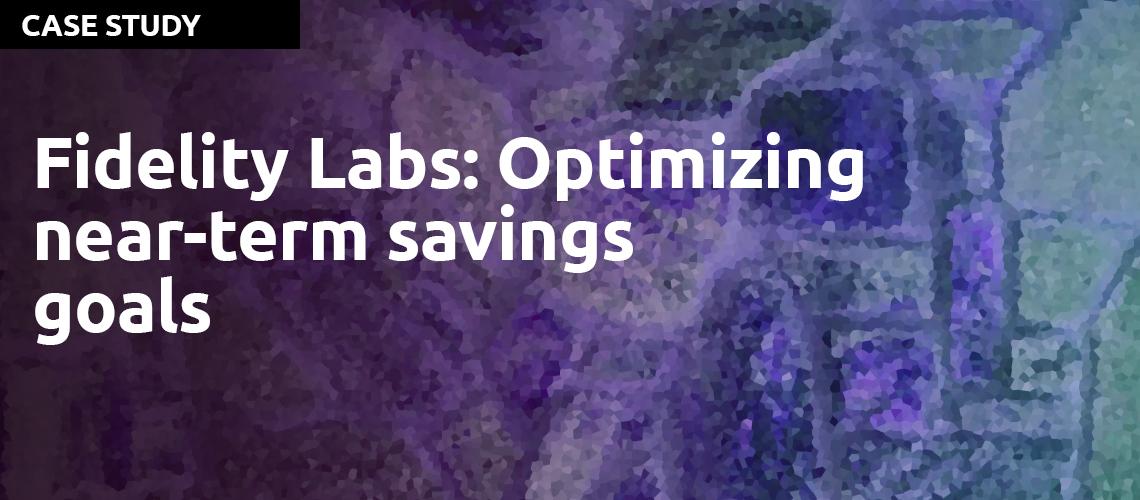How Design Thinking Enabled MLP to Speak the Customer’s Language
For any financial service provider, like MLP, customer proximity is the single most important aspect in daily business – especially as financial consultancy services require lots of trust. But with the hit of the financial crisis the perception of financial services changed drastically. For many people the financial sector is lacking transparency and being perceived as confusingly complex.
How Capital One Convinced Teams to Use Design Thinking
If the one product you’re known for is ubiquitous, how can you stop your customers from leaving for other banks?
For Capital One, the answer was a small laboratory within the larger bank. The group leading this innovative push calls themselves Capital One Labs, and their secret weapon is free coffee.
How to Implement Design Thinking in Banking.
According to the UXDA (UX Digital Advantage), the finance industry has experienced a turbulent period of Fintech disruption in recent years. In fact, 75% of the finance sector companies surveyed by KPMG stated that changing customer needs is the key area where disruptive Fintech companies have been challenging the traditional finance businesses.
7 Tips For Participatory Video in a Socially Distant World
The last year has presented us with the challenge of planning and conducting research and filmmaking remotely. This has been a good opportunity to open new conversations and invite fresh, diverse and, in some cases, untested expertise into our network. We wanted to write something for those wondering what is possible vis-a-vis a remote research approach.
Why Design Thinking Works
Occasionally, a new way of organizing work leads to extraordinary improvements. Total quality management did that in manufacturing in the 1980s by combining a set of tools—kanban cards, quality circles, and so on—with the insight that people on the shop floor could do much higher level work than they usually were asked to.










